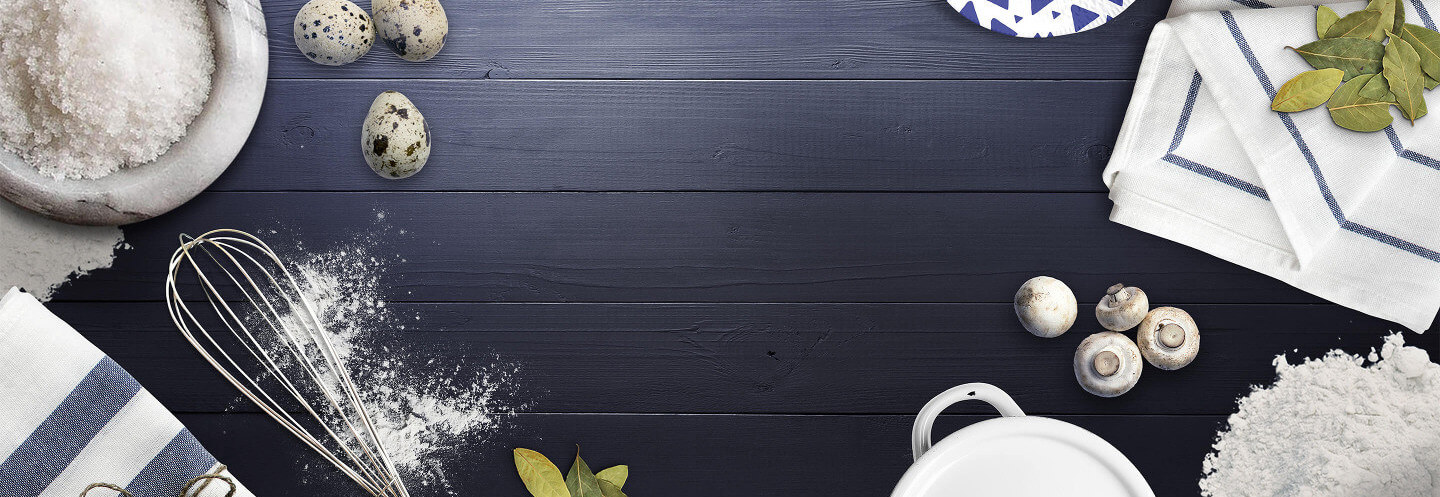https://www.copymethat.com/r/qR5di6BcK/baking-ingredients-and-substitutions/
58588221
FyaNIlx
qR5di6BcK
2024-05-19 03:50:08
Baking Ingredients and Substitutions
loading...
X
Ingredients
- If your recipe doesn’t call for it to be whipped, full fat coconut milk (sold in cans) is a good non-dairy substitute for heavy cream or even whole milk. It has a pretty strong flavor, so make sure it’s compatible with the other flavors. Rice, nut and soy milks are other options, but I don’t have a lot of experience using them so you’ll have to use your intuition if you wish to use those products. Generally speaking, if you wish to make vegan ice cream with them, just realize the ice cream will be less-rich and a bit icier than ice cream made with whole milk and cream. ( Soy milk, for example, has about half the fat as whole cow’s milk.) Sherbet recipes that have dairy in them, like the ones in The Perfect Scoop, can be made with a non-dairy alternative.
- Sugar
- Not being a fan of overly-sweet desserts, I don’t load things down with sugar. Aside from sweetening, sugar provides moisture to cakes and cookies, if you reduce the sugar, your cakes and cookies will be drier. Also in doughs and batter, sugar helps to brown things, hence a pinch or teaspoon is often added to tart doughs and the like for that reason. But in those cases, if you wish to skip it, you can. A good book on low-sugar desserts is Baking with Less Sugar. The head baker at King Arthur Flour did an excellent post on How to Reduce Sugar in Muffins, which provides some formulations and calculations you can use to reduce sugar in muffins, which may apply to other baked goods, especially cakes.
- For making ice creams and sorbets, sugar helps keep the ice cream from freezing too hard. Reducing the amount of sugar (or fat) will make it less-creamy and firmer.
- For making jams and jellies, sugar acts as a thickener and preserving agent. Reducing the amount of sugar will decrease the life of the jam or jelly and it will also not thicken the same.
- Using a liquid sweetener, such as honey in place of sugar, will obviously change not just the texture of things, but can cause other reactions. For example, honey is acidic and can ‘break’ cream and custards when heated. (So can brown sugar, which is acidic as well.) It’s also sweeter than sugar and has more liquid, so if you remember the health food store desserts of days past, you know that baked goods will be heavier. A general rule when using honey or another liquid sugar in place of granulated sugar is to reduce the amount of liquid sugar by 25% of the amount of granulated sugar. The liquid in the recipe can be reduced by 25% as well, to compensate for the additional moisture the honey provides.
- For those of you without access to brown sugar, which is common in American baking, you can recreate light or dark sugar by stirring 1 or 2 tablespoons (respectively) molasses into one cup (200g) sugar. Turbinado, muscovado, or raw cane sugar are good substitutes as well. For more on the differences between sugars, see my post: French Sugars.
- (I always use unsulphured molasses, sometimes called ‘light’ molasses. You can use dark or blackstrap molasses, but the flavor may be overpowering. If that’s all that’s available to you, cut it with rice or malt syrup, golden syrup, or mild honey.)
- Two excellent baking books that feature low-sugar recipes are The Sweet Spot by Bill Yosses and Baking with Less Sugar by Joanne Chang.
- For complete information on corn syrup, check out my post: Why and When to Use (or Not Use) Corn Syrup.
Steps
Directions at davidlebovitz.com
Never lose a recipe again, not even if the original website goes away! Use the Copy Me That button to create your own complete copy of any recipe that you find online. Learn more! It's free!




